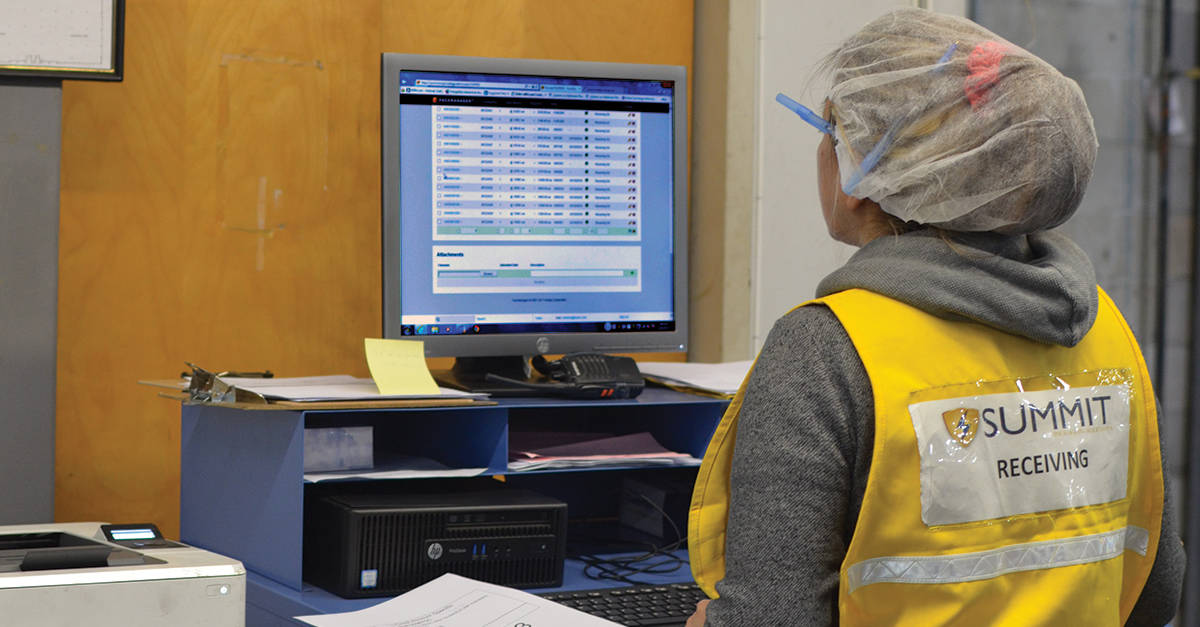This article is the second of a series to focus on the hot trends in the supply ecosystem in 2023. The first article in this series, Improving Efficiencies in the Supply Ecosystem, defined what a supply ecosystem is and then dove into why it is important to reduce waste and how enhanced visibility and collaboration can enable holistic sustainability decisions and optimal tradeoffs around costs, customer service, and sustainability objectives.
The Need for Speed
The amount of change in the supply chain since I first became a practitioner more than 25 years ago is eye watering. Today, supply chain practitioners operate in a world of ever-increasing complexity, where competition is global, disruptions are constant, supply and demand variability is increasing, and talent is scarce. Operations have to keep up with the increased speed of the market or face losing market share.
Operations have to keep up with the increased speed of the market or face losing market share.
In our complex supply chains, an opportunity or crisis can emerge in an instant. The supply chain can’t wait until the end of the month, or week or even day to respond. Customer expectations continue to increase and they expect a near-immediate response. This, of course, is all being driven by services from companies like Amazon, which are now offering two-hour drone delivery in some locations.
Consider this: In 1950, a Formula One pit stop took over one minute on average. Seventy years later, a Formula One pit stop on average takes under 2 seconds. Here is a video of a Formula One Pit Stop in 1950 and today:
The 1950’s stop is painful to watch. How many of our current supply chain operations come to mind while watching the 1950 pit stop? Don’t blink during the modern day pit stop or you might miss it. That is a classic example of time compression.
I believe the need to increase process clock speeds is one of the biggest challenges facing supply chains today. It also offers one of the biggest opportunities for a competitive advantage. In fact, some believe that to be competitive in the near future in some markets, the supply chain clock speed needs to increase by a factor of 10X.
Three Steps to Increasing Your Supply Ecosystem Clock Speed
Here’s a hint: it is not by using enterprise solutions designed to manage enterprise processes. What you need is a solution that is purpose-built to facilitate real-time multi-enterprise data visibility and dynamic collaboration.
The first step is digital transformation and enabling digital models of the physical supply chain. The second step is to enable real-time internal visibility and collaboration. Many companies have made it to this second step through Industry 4.0 initiatives.
Because most companies do not own their entire “concept to consumer” supply chain, the third step is to enable multi-enterprise data visibility and process collaboration. Real-time visibility and dynamic collaboration will enable you to increase the clock speed of your supply ecosystem operations.
Real-time supplier operational data (e.g., production, capacity, materials, and quality) can also supercharge your investment in Industry 4.0 infrastructure to extend digital twins, planning and optimization to upstream partner operations enabling multi-enterprise what-if scenarios, simulations, and advanced capabilities like available and capable customer order promising.
The Answer: Multi-Enterprise Supply Chain Business Networks (MESCBN)
Unlike legacy and enterprise solutions, the MESCBN solution is purpose-built to facilitate real-time multi-enterprise data visibility and dynamic collaboration. According to Gartner, a MESCBN solution is a cohesive technology platform that supports a community of trading partners that need to coordinate and execute on business processes that extend across multiple enterprises.
Gartner considers MESCBNs to be foundational technology for more mature organizations, implemented to coordinate, automate and transform an organization’s extended supply chain within the overall business ecosystem they operate. Gartner states in their Predicts 2022 – Supply Chain Strategy report that by 2026, more than 50% of large organizations will compete as collaborative digital ecosystems rather than discrete firms, sharing inputs, assets and innovations.

Increasing your supply ecosystem clock speed by a factor of 10X sounds like a daunting task. However, leading companies are well on their way to making this happen. The ability to quickly sense, analyze and respond to changes in the supply ecosystem provides significant value and can be a new competitive frontier for your company. Increasing speed can fuel top-line growth through fewer lost sales, reduction in discounts and lower costs. Increasing your speed to sense, analyze, collaborate and respond can also lead to fresher products, less waste and lower inventory while also driving more efficient operations. Of course, ignoring the need to speed up the supply ecosystem, or addressing it inadequately can be a recipe for disaster.





